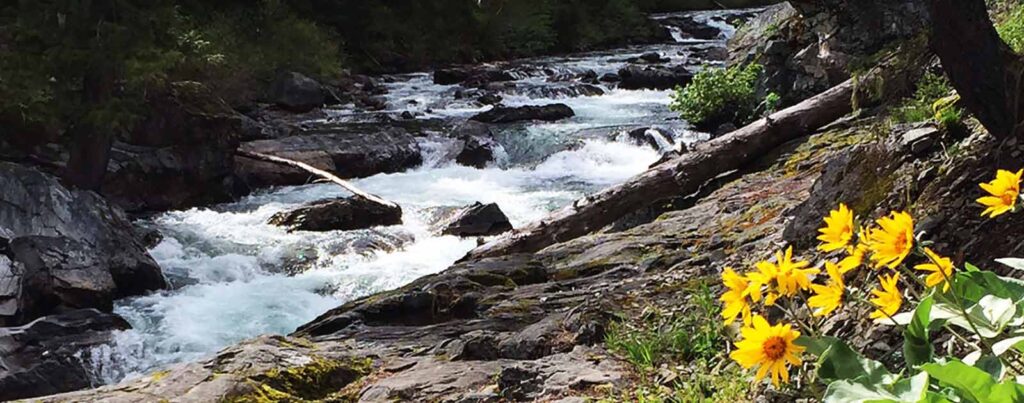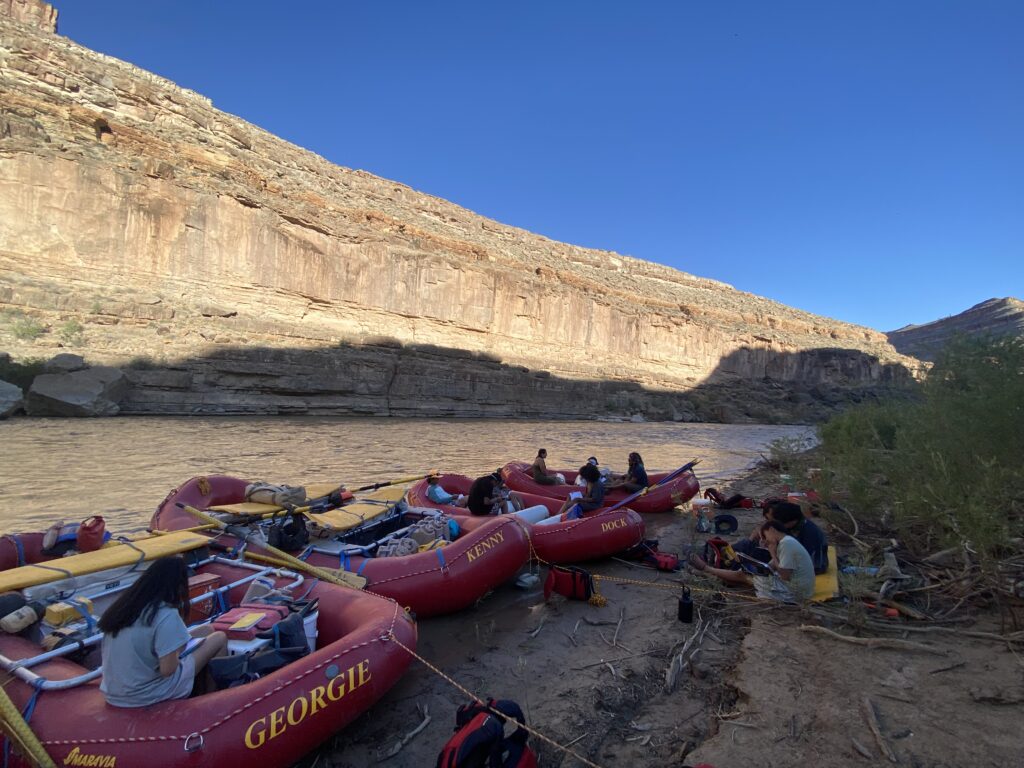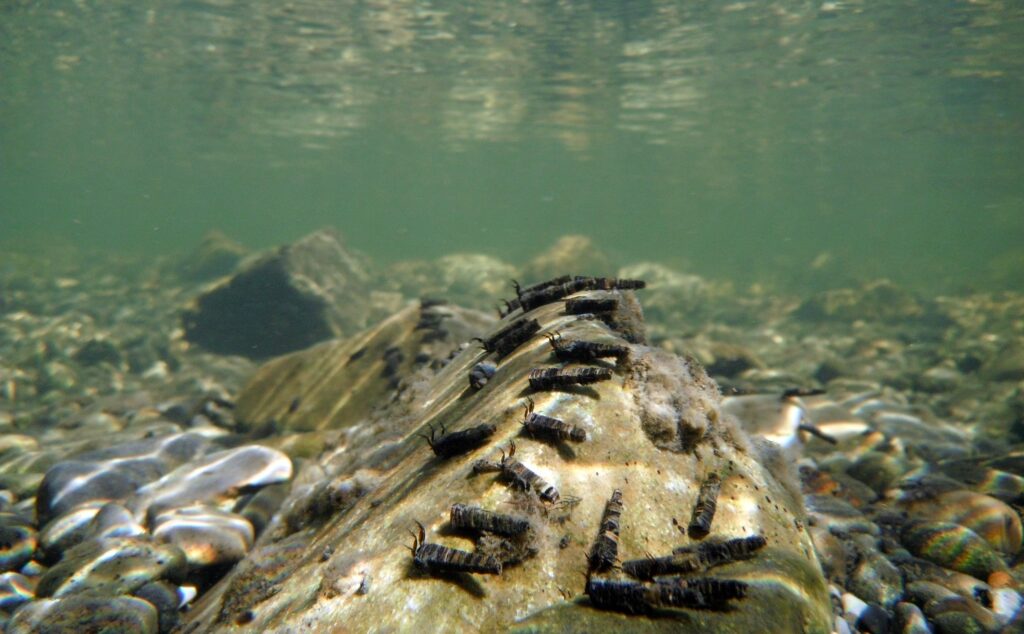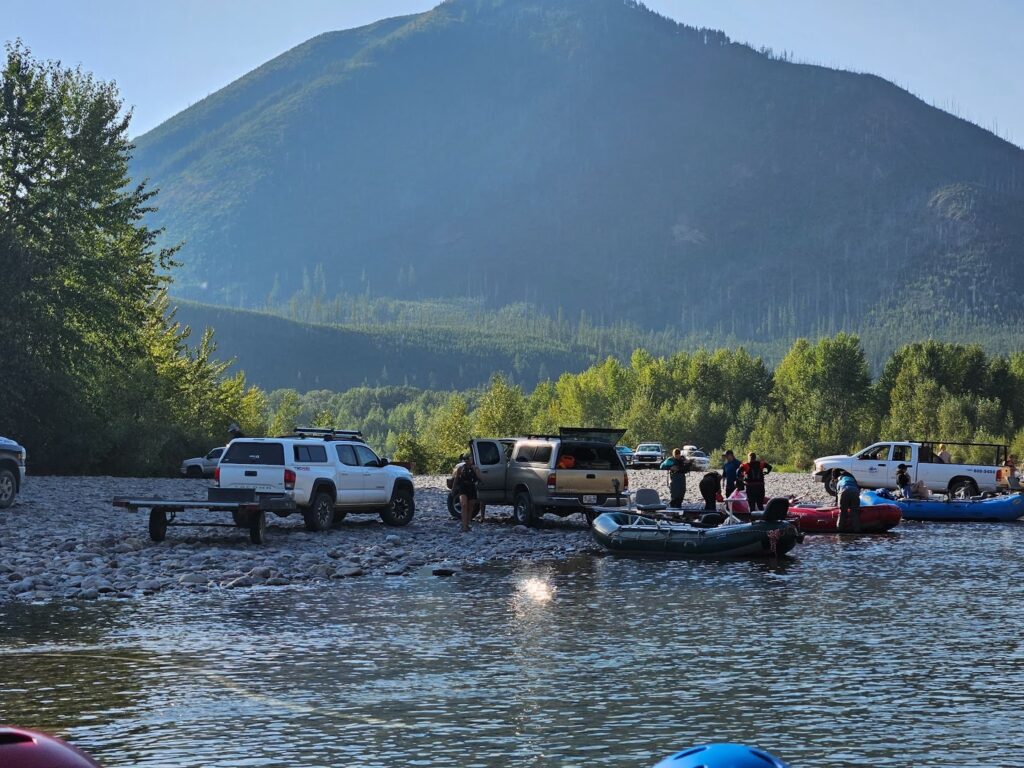Despite Drought, Long-Term Outlook is Bright for Yakima Basin Fish and Farms
akima River Basin is solving its water problems without resorting to the out-of-basin water importing schemes of the past

A hot, dry summer and lack of winter snowpack are causing severe hardship for the Yakima River basin’s fish and farmers this year, but the basin’s long-term outlook just got a lot brighter.
First, on the final day of June the Washington State Legislature agreed to allocate $30 million in state funding to the Yakima Basin Integrated Plan over the next two years. This funding will allow for construction of adult fish passage at Cle Elum Dam, a study of fish passage at Tieton Dam, final design of the Kachess Drought Relief Pumping Plant, and $10 million worth of fish habitat restoration and water conservation projects.
Then, on July 1st, Sen. Maria Cantwell introduced S. 1694, the Yakima River Basin Water Enhancement Project Phase III Act of 2015. The bill, which received a hearing before the Senate Energy and Natural Resources Committee on July 7th, authorizes the first 10-year phase of the Yakima Plan. The legislation is co-sponsored by Sen. Patty Murray.
Highlights of the plan’s first 10-years include:
- Fish passage at Cle Elum and Tieton dams;
- Lake Kachess Reservoir Drought Relief Pumping Plant, with construction and operation financed by water users rather than taxpayers (no other surface water storage projects are authorized by the legislation);
- 85,000 acre-feet of water conservation (that’s nearly three Bumping Lake reservoirs worth of water saved);
- Habitat restoration projects including mainstem Yakima River floodplain restoration, meadow restoration in the Teanaway Valley and elsewhere, barrier removals, and projects to get roads out of floodplains;
- Groundwater storage projects that will provide cooler, more plentiful streamflows and reduce the need for new surface water storage;
- Enhanced water markets; and
- Protection of 50,000 acres in the Teanaway River Valley as a Community Forest (already accomplished) and designation of the upper Cle Elum River system as Wild and Scenic (to be accomplished through separate legislation after working with local communities to finalize a river protection plan)
The end result of these actions will be abundant salmon and steelhead runs, including a large sockeye salmon run, better instream flows for trout fishing and boating, healthier riparian areas for wildlife, and a more reliable water supply for farms and communities – even in the face of the local impacts of climate change.
It’s worth highlighting the commitment of irrigation districts and other water users to finance the construction of the Kachess pumping plant on their own. This laudable approach means water users will need to calculate for themselves the value of additional drought year water supplies, and it removes the kind of artificial taxpayer subsidies that led to many regrettable water projects in the 20th Century.
Take a minute (or 60) to watch the July 7th hearing – as Chairwoman Murkowski noted, it’s not often you see representatives of an irrigation district, a Native American Tribe, American Rivers, and state and federal officials in such close agreement on major water and fisheries restoration issues.
And while the Yakima River Basin is solving its water problems without resorting to the out-of-basin water importing schemes of the past, other river basins around the western U.S. would be wise to import the Yakima Basin’s collaborative, pragmatic approach to solving challenges facing fish, rivers, farms, and communities.




